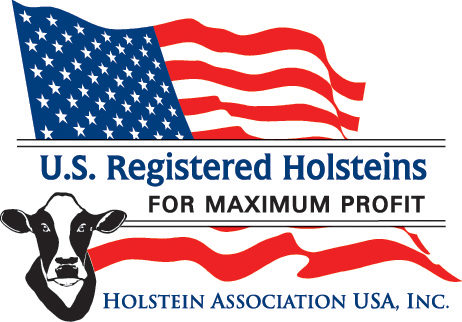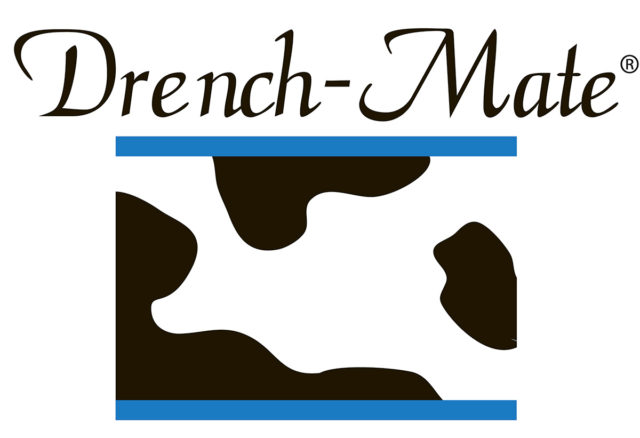Before blogs and Facebook and build-your-own websites, listservs were one of the best ways to get the word out to a lot of online users at one time. Unlike most 20-year-old computer technology, however, these semi-automated email programs are still useful today. Within the dairy industry, Dairy-L is undoubtedly the most well-known listserv. Started in 1990, the list now has 1,800 subscribers in 47 countries. “It was definitely one of the first of its kind,” says one of the list’s current co-owners, Kiera Finucane, with the University of Maryland.
Dairy-L users send approximately five messages per day to the group. Subscribers can choose to receive the messages as soon as they are sent or bundled together into a “daily digest.”
Discussion topics vary widely, though guidelines do specify that all discussions should relate to dairy cow/herd management.
Anyone can become a Dairy-L subscriber – there is no approval process – and any subscriber can submit comments by email.
Not all emails go out to the whole group, however. One of nine moderators from the U.S., Canada, England and New Zealand must approve the message before it goes out.
These moderators make sure that each message fits the list’s goal of “providing factual information to its subscribers with a minimum of speculation, grandstanding and pushing of a one-sided agenda.”
“Moderating ensures that it stays a place for civil discussion,” says Finucane, who shares ownership of the list with Warren Gilson at the University of Georgia.
The fact that the list is moderated is one of the reasons it’s popular, adds Finucane. “The main reason it’s maintained value over the years is that it’s not an advertising forum … A lot of discussions don’t have that filter.”
But blog comments and Facebook posts can be monitored, as well, so that alone doesn’t explain the continued choice of listservs from a growing stable of online communication methods.
Another key benefit is that listserv software makes it easier to maintain a massive, searchable archive. Dairy-L, for example, has archived emails dating back to January of 1997.
Straight to your inbox
Two more key reasons that educational organizations continue to use listservs are the format’s accessibility and proactive nature.
Finucane says, “There are so many great tools available – Twitter, Facebook, sites for webinars. But with all of that, you need to monitor [the sites] or you feel like you missed something. The advantage of Dairy-L is that it comes to your inbox.”
Nancy McGill, an administrator for the online resource DAIReXNET, agrees, “There are a lot of people who do not have or want a Facebook account – and monitoring a website for updates is cumbersome.”
DAIReXNET is an online hub where cooperative extension dairy cattle experts and allied industry professionals share their knowledge through articles and webinars.
To complement its main website and Facebook page, DAIReXNET has recently started a new listserv to disseminate information about upcoming webinars.
“We saw a need for a communication method that is open to a wider audience and is easier to use,” says McGill.
Jeffrey Bewley, the organizer of two new discussion lists – one about precision dairy and another focused on compost bedded pack barns – explains why the listserv format was chosen.
“Part of the thought process probably was that we’re looking at an international audience. Although there’s a huge international presence on Facebook, not everybody in the world is on Facebook – just most.”
Inviting participation
Bewley, who is an assistant extension professor at the University of Kentucky, adds that the listserv format is good for ramping up discussions. “The idea is to provide a forum for people to exchange information and hopefully that’s a circle, not just a one-way street.”
His two lists have achieved that since their August launch, he says. “It’s not just one person saying what they think, it’s a lot of people discussing issues."
Finucane also likes the group discussion aspect of listservs. Once a listserv email has been received, she says “you can reply to it at any time.”
Although Finucane acknowledges that readers can comment and have discussions via other online venues, like blogs or Facebook, the time frame to respond somehow seems shorter than a listserv discussion.
“Those [blog and Facebook discussions] happen so fast that I think people feel like it’s over and done by the time they see it.”
The continued success of Dairy-L and the creation of new dairy-related listservs by groups like the University of Kentucky and DAIReXNET show that the use of listservs can complement newer communication channels, rather than competing with them.
As McGill puts it, “We want our information to reach as many people in the dairy industry as possible, and using different communication methods helps us achieve that.”
Click the links below to learn more about the listservs mentioned in this article or to subscribe:
Dairy-L
DAIReXNET webinar list
University of Kentucky’s precision dairy and compost bedded pack barns lists PD





